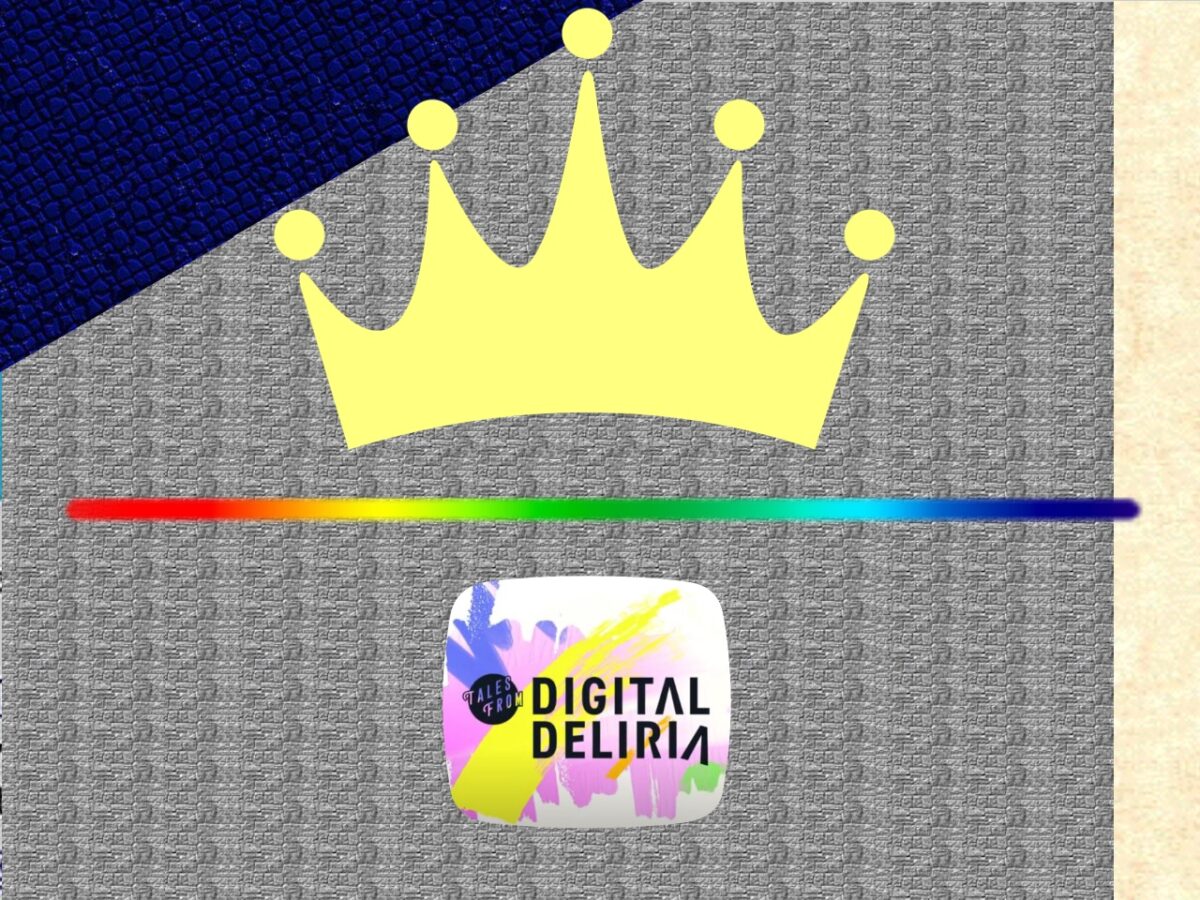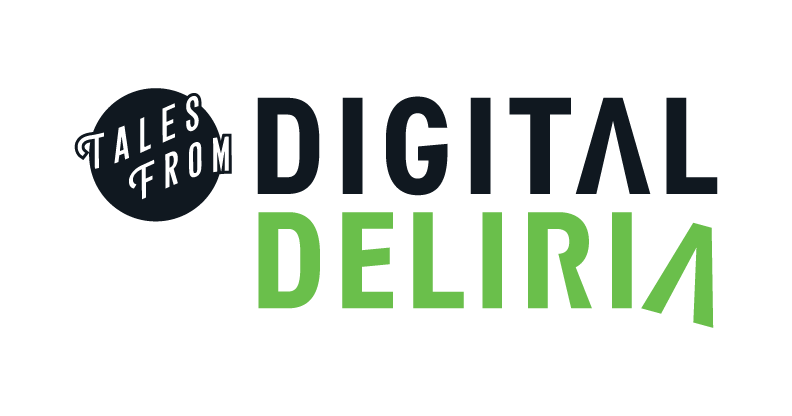Belly Up to The Rainbow Bar (and no, they don’t serve alcohol)

Dorm life. For most, it began with a rowdy party. For me, it began with an Ethernet card.
Picture move-in day: sweat dripping from my upswept hair. Innumerable, laden trips up the stairs to my third story dorm room. AC failing as August heat sears Texas.
As early evening arrived, box contents found their way to drawers and closets. But the work was not yet done.
A happy-go-lucky face arrived at my door, with a hearty knock and welcome: “Hi! Do you have your Ethernet set up yet?”
“Uh, no… but I do have the card,” I replied.
“Here, let me help you then!”
My new neighbor Taylor and his buddy from down the hall whisked in the room. With ear-to-ear smiles, they proceeded to slap that Ethernet card into my computer like it was nothing. My father, a studious caretaker of technology in my childhood home, watched in anxious near-horror as the Aptiva’s metal cover was stripped off and tossed aside. In short order, techie innards were manipulated by adept hands. And in minutes, with Ethernet card in tow, the machine booted.
And there we were… my first taste of lightning-fast internet speeds.
WOOOOOOOOO!
It felt like a holler from the mountaintop, as your roller coaster car slipped off the peak. This was the way the Internet SHOULD be! Nothing like the AOL dial-up tortoise at home.
This was University Ethernet. But surfing ‘till my heart’s content was still in the years to come.
World “Wild” Web
The early web was a wild, untamed, and non-uniform landscape. Unlike AOL’s user-friendly gateway into the Internet experience, here you could choose your own search engines and find yourself in a diverse pile of unfiltered junk and treasure.
Yes, search engines (plural). In this bygone era, no fewer than ~10 options graced your mouse… each with its own advantages. Yahoo worked well to deliver neatly categorized results. Ask Jeeves delivered fairly helpful answers to search terms phrased as questions.
But to be quite honest… there really were too many options. I challenge anyone to really identify the differentiating characteristics of Altavista, Magellan, Lycos and HotBot, for example. (Post a comment if you can enlighten me.)
What was really wonderful about a world without Google?: the ability to use multiple search engines with multiple different results, to really find what you’re looking for. And arguably, find unbiased, unfiltered, and unmanipulated results.
What Was the Early Internet Like?
But what really did you find online, in the earliest days? Well, the World Wide Web was very different than what we have today.
Imagine… strolling along the foggy Thames, or poking around a foggy San Francisco wharf, yet having a root planted on the grey, cratered moon.
This was the feeling of the endless sea of patterned grey found on the internet, with text more or less visible on top of it. Foggy, bleak, evocative of another planet entirely – rooted in the limitation of connection speeds. The only variation?: some grey had dots, and some grey resembled slate. But, still grey. (For an example of this, see image at the top of this page.)
In fairness, sometimes you’d find a black background. Or maybe a yellow parchment — as if the web developer thought it made good sense to make the web look like a Dead Sea scroll. And if your day was really exciting, you’d come across a ridiculous eye-frying bright green. But somehow grey was the most common “look and feel” for the early web. And plain white? – not snazzy enough.

The point was, that you could infinitely “panel” your site using one small, textured-looking block. Adding some “presence” while still allowing the lean-and-mean site to load FAST. (Most of us still had dial-up, remember?) But the result was like poorly installed flooring: you started to see endless repeating patterns. Scroll too fast, and a dizzy nausea started to sweep your brain.
What about pictures? Well, there were not many. Those that existed had a “pointillist” feel, where pixel variety was manipulated down to fewer colors to load faster.
The Queen of Early “Interwebs” Design
In short: the effervescent and ever-present Rainbow Bar.
When you saw your first one, it was like a glorious sun piercing through the grey landscape. Some pulsed with animated color. Others were just… static rainbows. A Rainbow Bar was just that… an image of a rainbow, but in a straight, flat line.
But why? In the Rainbow Bar age, navigation was not a thing. So Rainbow Bars served as an ever-useful page separator, adding a visual “break” between one type of infinitely scrolling content and another.
And no: in 1997, the Rainbow Bar was not an LGBTQ statement. It was just something “cool looking” that loaded fast. One of many ways to bring pizzazz to your site. Add a Dancing Baby, and you had it made.

A Career Begins
Bellying up to The Rainbow Bar is where it all began for me, and maybe you too. Specifically, the unmet market need for user experience design drove an entire generation of college grads to careers in the web. We, soon-to-be designers and developers, would spend YEARS working on it… until we “arrived” at the friendly websites we have today.
It all started small, taking my old school creativity (including life drawing, no less), and designing web graphics. We tackled shockingly “new” concepts like “navigation” and the earliest of “banner ads”. (Yes! – those pesky things started back then.) Bridging from art to design to digital, this was heady and exciting stuff. And an unlikely, yet natural, career path for a Creator.
It just happened: All on that old Aptiva, in that tiny dorm room, thanks to my old pal and his Ethernet card.
As always, I hope you enjoyed this and it brightened your day.
Please “like” if you did, share, and post your comments!
Don’t want to miss a future story? Be sure to sign up for our mailing list.
2 Replies to “Belly Up to The Rainbow Bar (and no, they don’t serve alcohol)”
Comments are closed.

I am fascinated by your comparison of the primitive search engines of yesterday, with the intelligent Google of today. I had never given thought to the benefit of unbiased, unmanipulated, and unfltered results. We’ve definitely traded up, but at what cost?
Precisely — great question! We definitely gained some efficiency (for example, with Google’s handy tools). But I suspect we lost a LOT in terms of visibility to a broad range of information.